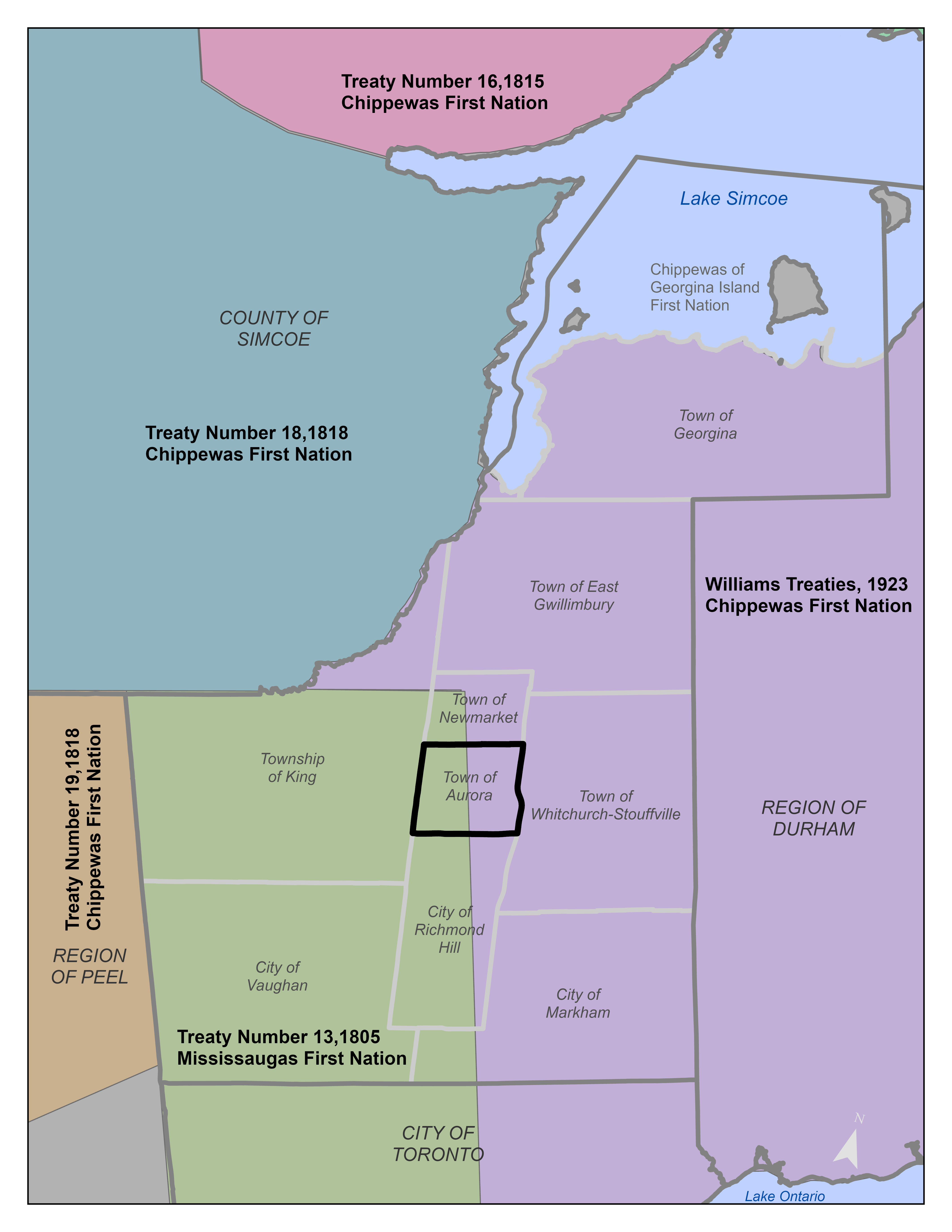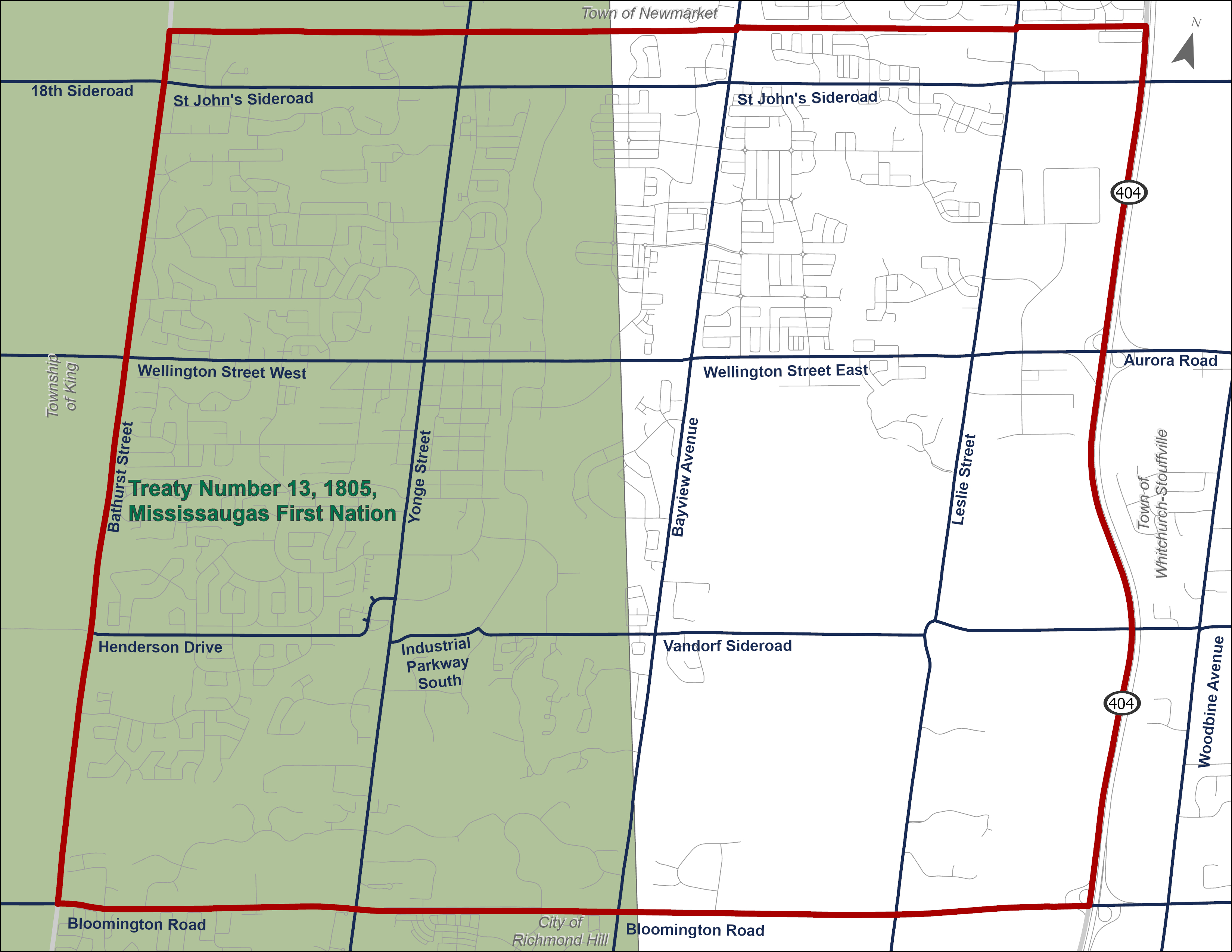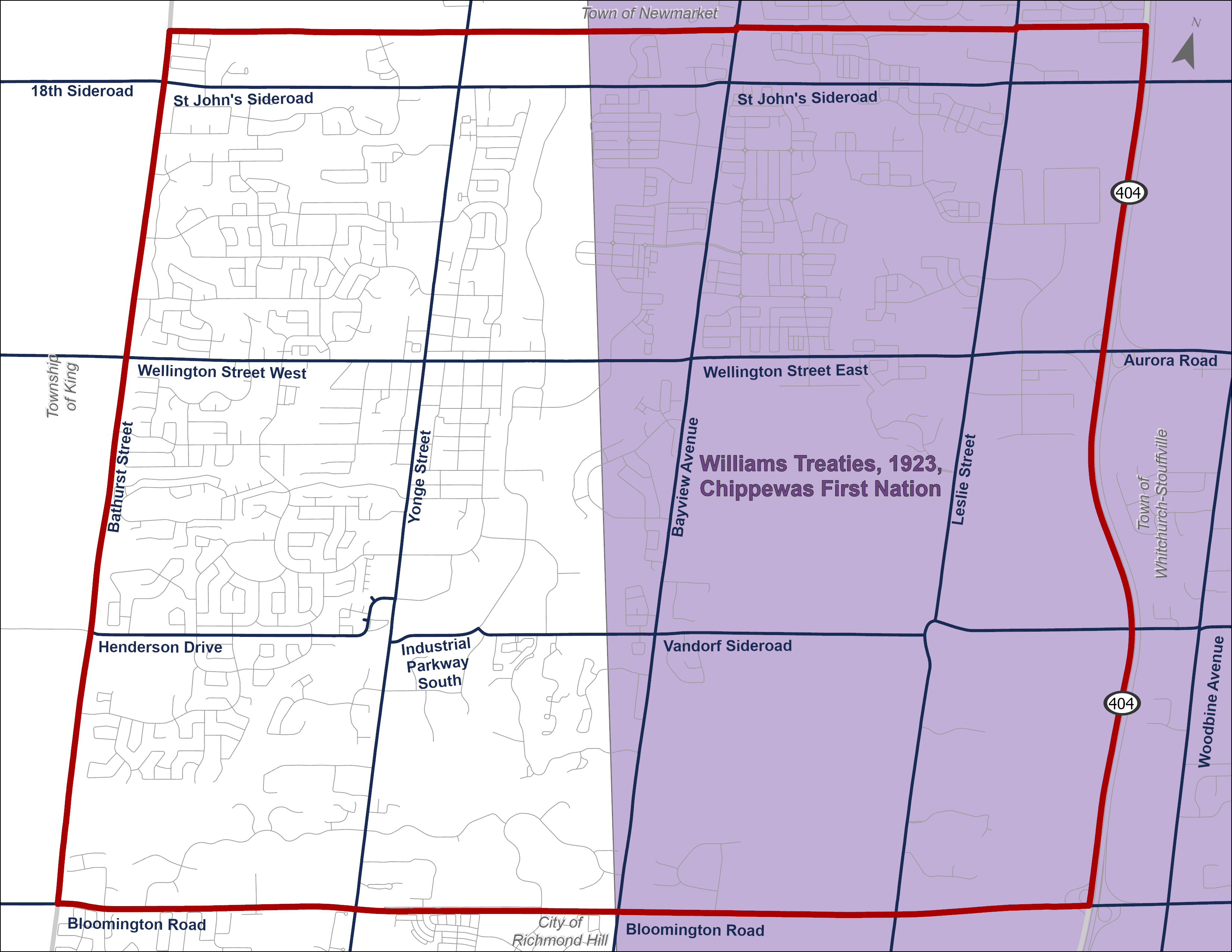In 2016, Ontario passed legislation declaring the first full week of November as Treaties Recognition Week with the goal of increasing awareness about treaty rights and relationships. This year, Treaties Recognition Week takes place from November 5 to 11. Learn more from Indigenous speakers about the importance of treaties, treaty relationships and rights in Ontario.
Curious what treaty your address is part of? Search for your address on an interactive treaty map.
Treaties are legally binding documents that outline the relationship between Indigenous and non-Indigenous people. The Royal Proclamation of 1763 established the recognition of Indigenous rights and title in Canada including self-determination setting the stage for treaty negotiations. It forbade the settlement of British colonists on native lands and is enshrined in the Canadian Constitution (1982).
Canada, however, has not always upheld its end of the bargain forcing First Nations to seek remediation through the Canadian legal system. For most of the 20th century, the Canadian policy of assimilation and colonial practices to solve the “Indian Problem” stood in the way of swift resolution. Land claim negotiations continue to this day in areas that were never covered by a treaty, or where original treaty negotiations are questioned.
After the American Revolution there was a growing demand for land, which was granted as a reward for loyalty to the British Crown. The first land grants in Aurora date to 1797 and were issued to William McClellan and Thomas Phillips on the West side of Yonge, and to Charles Fathers, and Frederick Smith on the East side of Yonge. By 1806, most of the land on either side of Yonge Street in Aurora had been claimed.
First Nation Treaty Lands in York Region and Surrounding Areas

The geospatial data was retrieved from the Office of Land Information Ontario (LIO) within the Ontario Ministry of Natural Resources and Forestry
The Town of Aurora acknowledges that the Anishinaabe lands on which we live and work are the traditional and treaty territory of the Chippewas of Georgina Island, as well as many other Nations whose presence here continues to this day. As the closest First Nation community to Aurora, we recognize the special relationship the Chippewas have with the lands and waters of this territory. They are the water protectors and environmental stewards of these lands, and as a municipality we join them in these responsibilities.
We further acknowledge that Aurora is part of the treaty lands of the Mississaugas and Chippewas, recognized through Treaty #13 as well as the Williams Treaties of 1923.
A shared understanding of the rich cultural heritage that has existed for centuries, and how our collective past brought us to where we are today, will help us walk together into a better future.
|
Treaty #13, 1805 Mississaugas First Nation |
|
In 1787, representatives of the Crown met with the Mississaugas of the Credit where land was purportedly ceded to the Crown in an agreement known as the Toronto Purchase. When attempting to survey the land the following year, it became clear that the exact delineation of land boundaries had not been agreed upon. Despite this, in 1793 work began on the extension of Yonge Street from Toronto to Holland Landing. Yonge Street divided present-day Aurora in half, with the western side part of King and the eastern side part of Whitchurch. While dubious at best, the supposed deed covering the sale of the land was not resolved until 1805 when Treaty #13 was signed in exchange for the payment of 10 shillings and fishing rights. |
|
The Williams Treaties, 1923 Chippewas First Nation |
|
In Aurora, the eastern portion of the municipality had never been formally surrendered. While the Johnson-Butler Purchase of 1788 covered lands north of Lake Ontario as far as a gunshot could be heard, this was hardly the case for Aurora. This of course was a problem as settlers had already been living on land that they had no clear, legal title to. This was to change in 1923 when representatives of the Crown and seven Anishinaabe First Nations signed what is known as the Williams Treaties for a one-time cash payment and what was understood as rights to fish and hunt on the land. In the years that followed, Williams Treaties First Nations protested the written text, specifically the use of land, harvesting and the compensation amount. In 1992, a claim was filed that the Crown did not act honourably when making and implementing the Williams Treaties. This resulted in a negotiated settlement agreement that was signed in 2018 and included recognition of pre-existing treaty harvesting rights, financial compensation, formal apologies, and additional reserve land. On November 17, 2018, the Honourable Carolyn Bennett, Minister of Crown-Indigenous Relations, apologized on behalf of the Government of Canada for the negative impacts of the 1923 Williams Treaties on the Williams Treaties First Nations. Maps are one of many tools that can be used to learn about treaties and aren’t reflective of all the understandings within treaty agreements. The geospatial data was retrieved from the Office of Land Information Ontario (LIO) within the Ontario Ministry of Natural Resources and Forestry. |
Learn more about Treaties in Ontario.
Treaty rights and obligations are shared; we are all treaty people.



